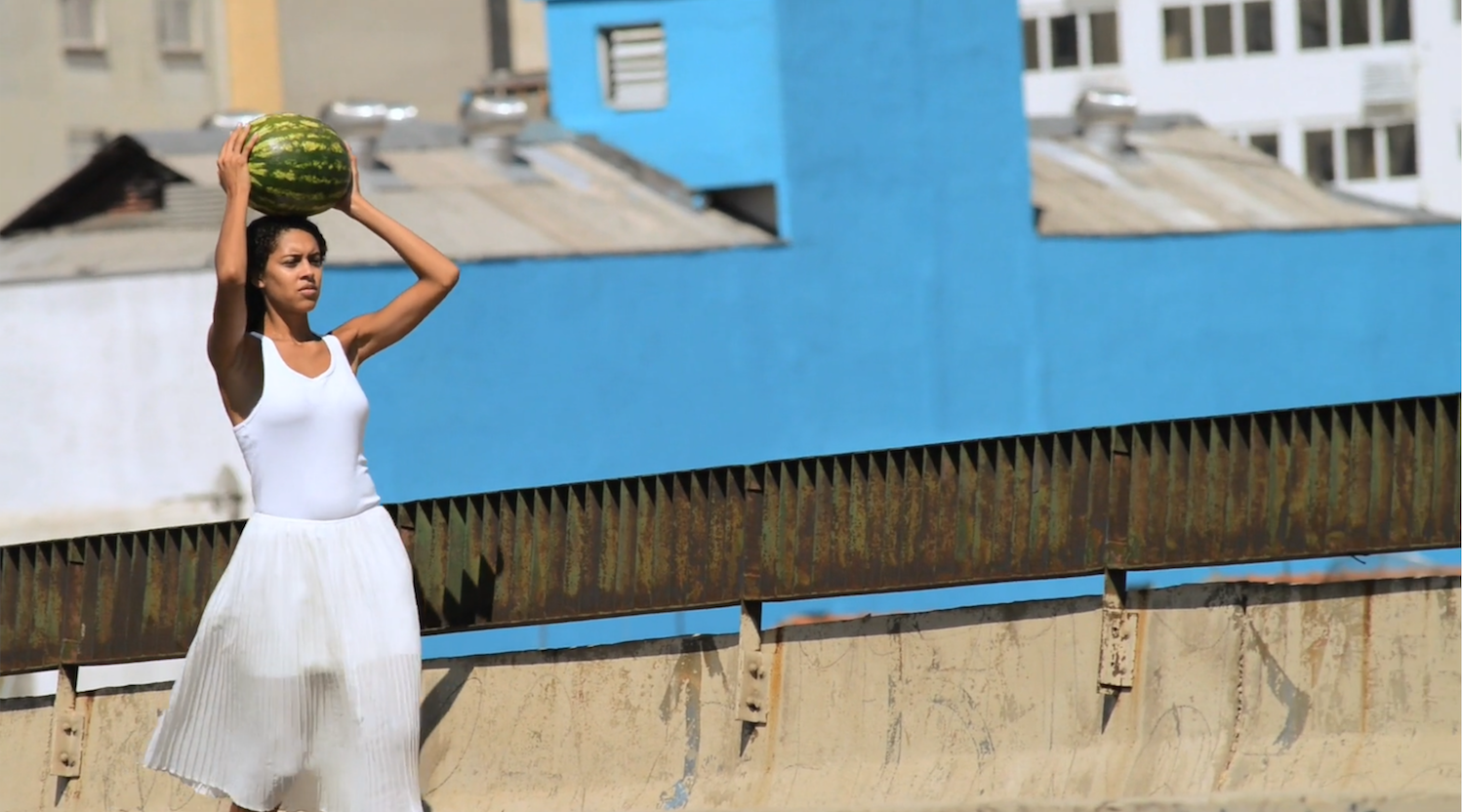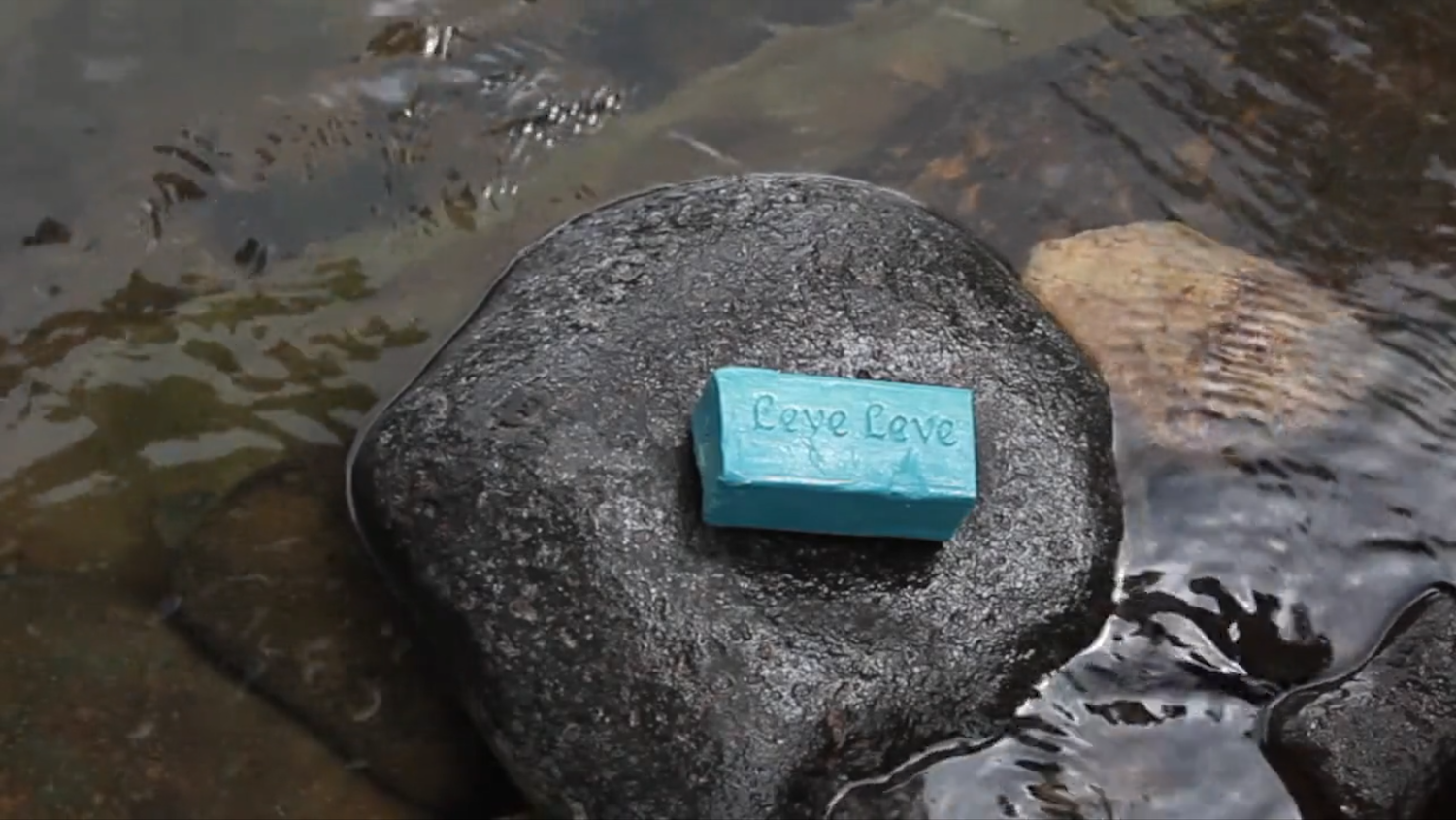In action
19.10 – 18.12.2020
Galería Albarrán-Bourdais presents “In action”, an online exhibition by Héctor Zamora that brings together various actions that the Mexican artist has carried out in different times and places around the world.
Based on a practice between architecture, sculpture, performance and interventions in public spaces, Héctor Zamora (Mexico, 1974) has created works that address political, social and ecological aspects from the borders of the poetic and that, connects with rituals of traditional cultures.
On February 26, 2011 Zamora invited the public to spend a day at New Zealand’s Te Henga / Bethells Beach, to help the artist plant five hundred white flags in the sand. “White Noise” is both a simple piece of visual and audio poetry and a gesture towards the complex history of public protest and land engagement in New Zealand.
In the triptych “But a melon for ecstasy” a woman dumps a watermelon on a busy viaduct in São Paulo. The video alludes to the Brazilian pornographic comedy ‘Erotic Tales’ (1977) based on winning stories from a Playboy contest. In “Vereda Tropical”, a man becomes sexually obsessed with a watermelon, to the point of having sex with it.
It’s no coincidence that this fruit, co-star of Zamora’s video, is a natural viagra. The gesture of the young woman throwing away the watermelon in the viaduct could be understood as a response, a saying “enough” to the objectification of desire.
“But a melon for ecstacy” was presented as part of a project produced by Kreemart, where artists and master bakers were invited to create a joint project.
“Ruptura”, presented for the first time in 2016 in Sao Paulo, denounces the social rupture and frustration in the face of the political crisis that shook Brazil in the year of the Olympics.
147 volunteers dressed in black take over the four floors of the hall. In silence, they dominate the audience for five minutes with a black book entitled Ruptura. Then, they create a shower of pages that fills the physical and sound space. As the last torn pages fly, they sneak through the audience to collect 50 pages and put them back in each book before placing them back on the center table with a sharp gesture. When the last book is left, silence reigns in the room.
The artist leaves us a written message: “…you have in your hands the power to rewrite, reinvent, redefine, choose, decide how the story is told…. The system creates the Social Rupture but we have in our hands the power to reconfigure it”.
In “Abolição” a white woman washes her hands in a river with a soap inscribed with the word “Leve, leve”. That phrase is an expression that resonates in the streets of Brazilian cities like São Tomé and Príncipe. It means to go calmly. Mentioned in all tourist texts about the country, it seems the perfect state for those who come to relax. However, the expression also brings with it a way of accepting the state of things as they are.
In 2014, Zamora presented in the city of Brasilia an installation/action entitled “REviraVOLTA”, which consisted of a collective rhythmic and musical interpretation, based on the traditional implements used in the elaboration of the typical Mexican snow.
This traditional culinary delicacy is possible thanks to a simple process: the pulp of different fruits is poured into metal containers, which in turn are introduced into larger wooden containers filled with ice and salt. When the metal container is rotated by rubbing it against the ice, the temperature of the pulp drops dramatically until it freezes.
In this action, the snow was produced by a group of musicians who, with a festive attitude, performed a piece inspired by the rhythms of a batucada composed by instrumentalist André Hosoi, a member of the renowned Brazilian corporal percussion group, Barbatuques.
The result is an enormous amount of “nieve” of different flavors that was placed on a table placed in the center of the musicians’ work stations, where people could freely serve themselves to complete the ritual.




